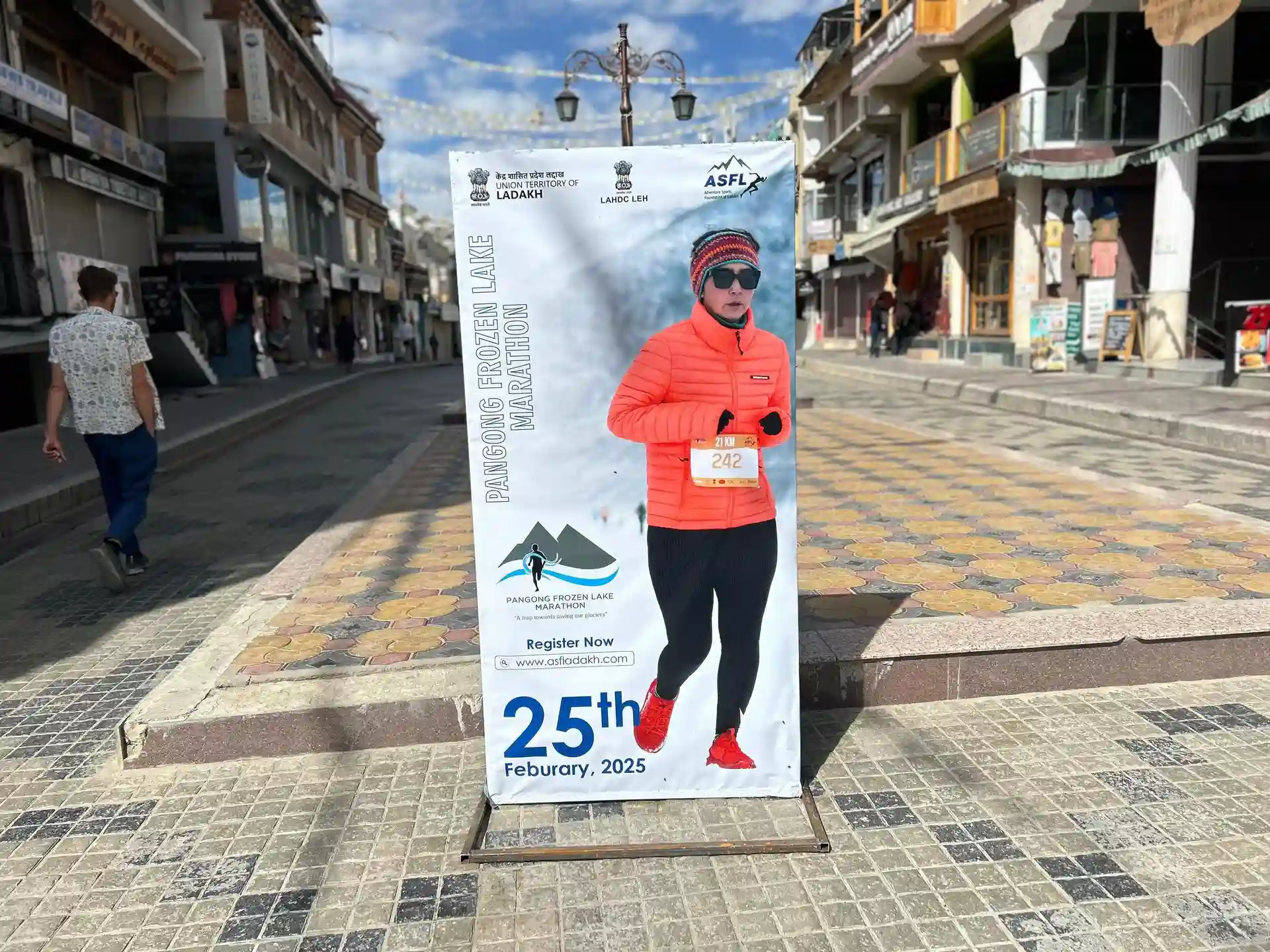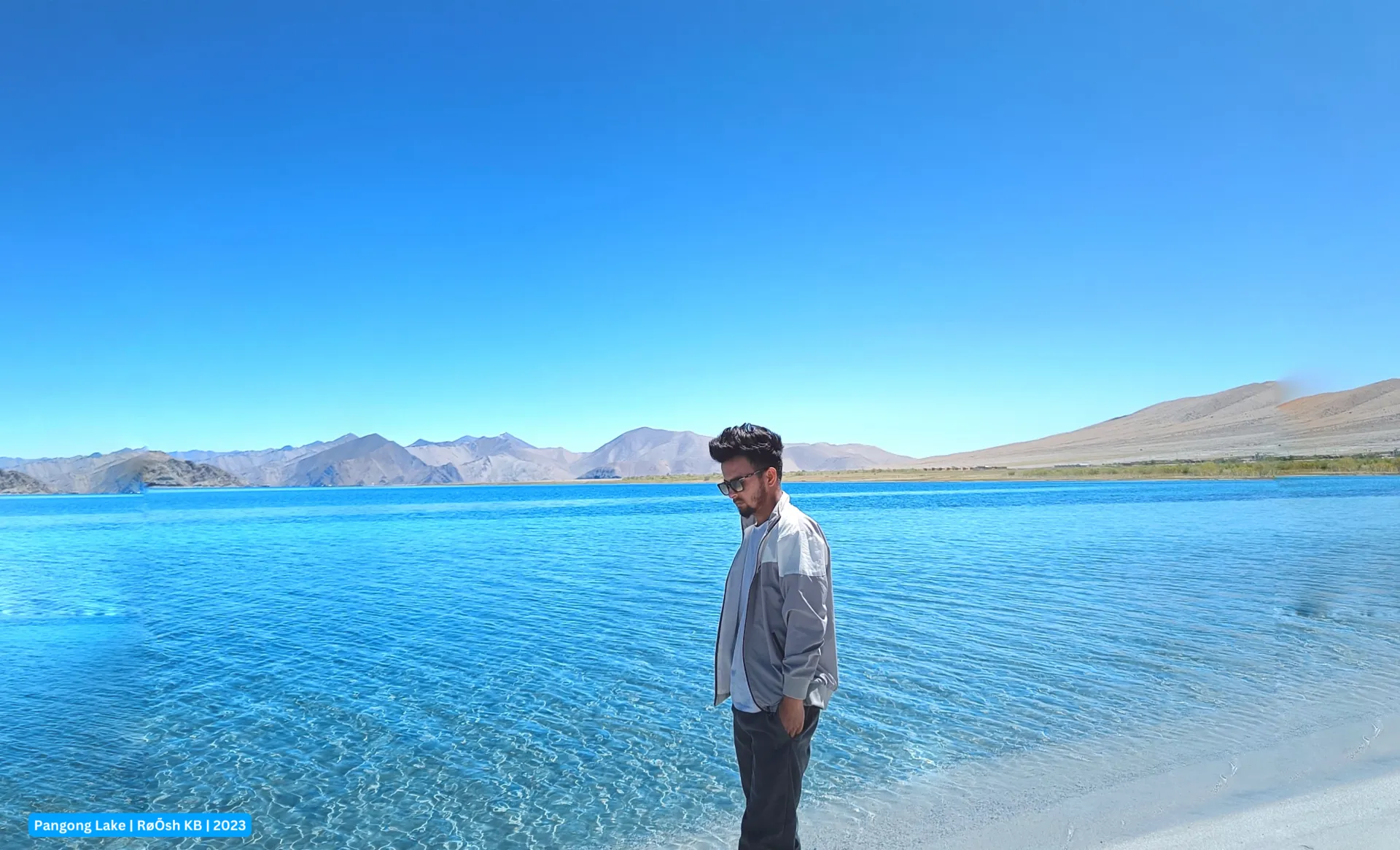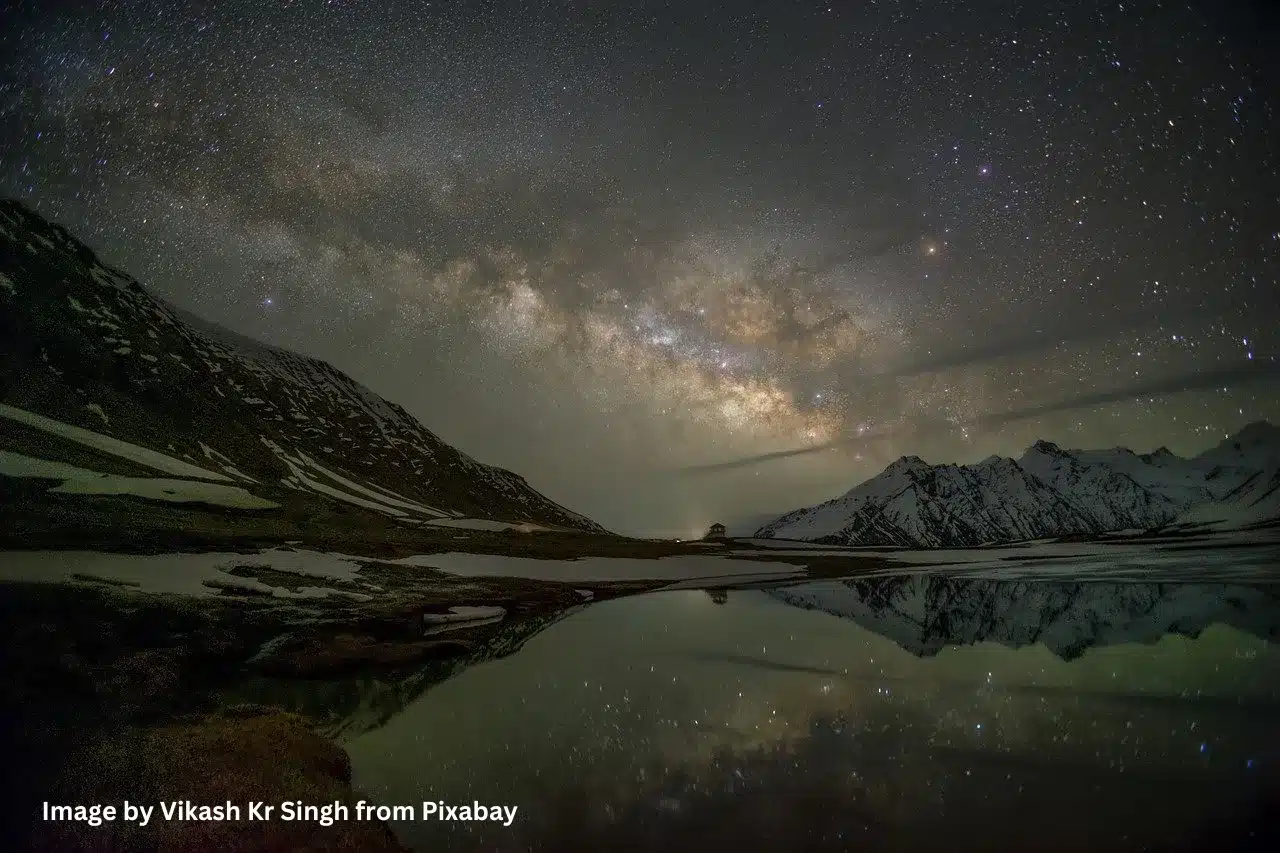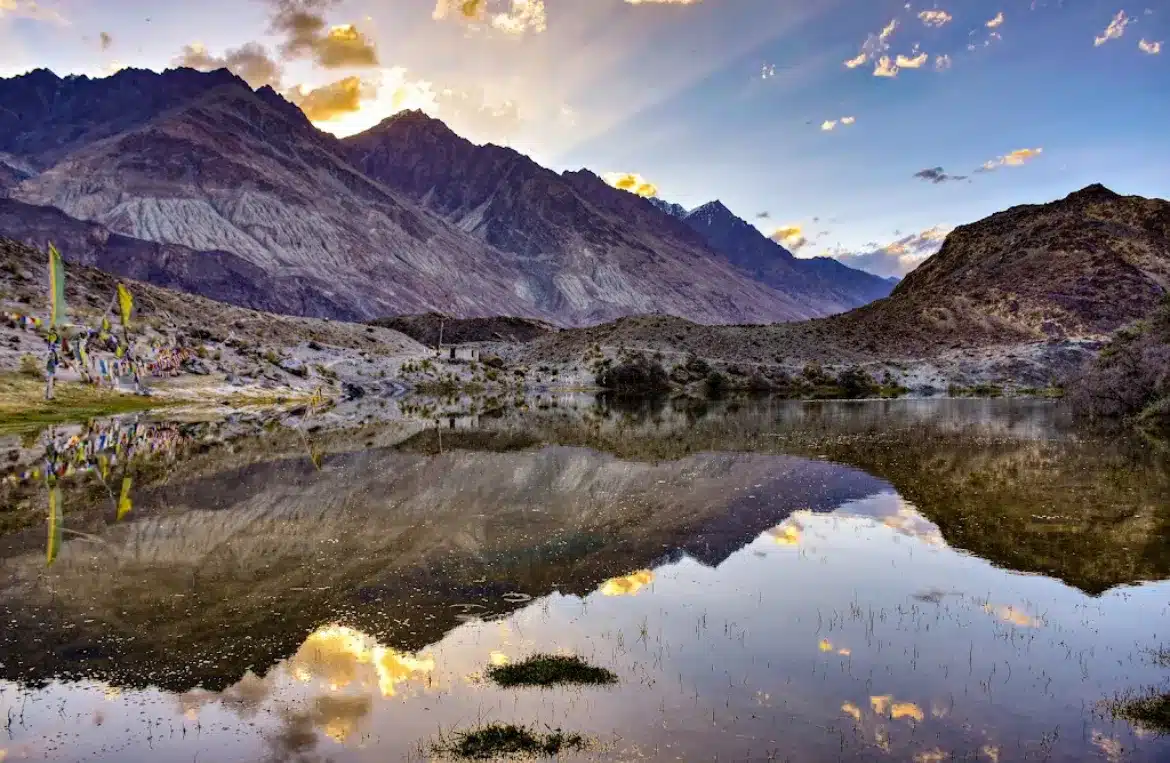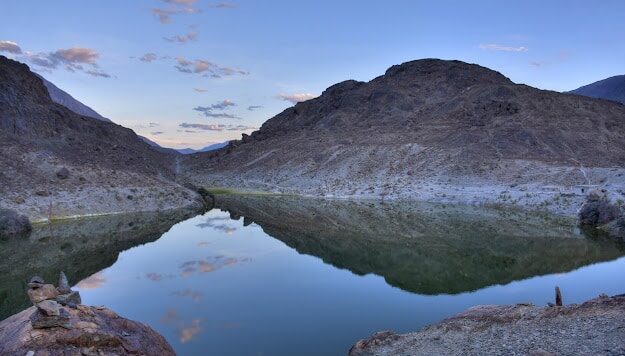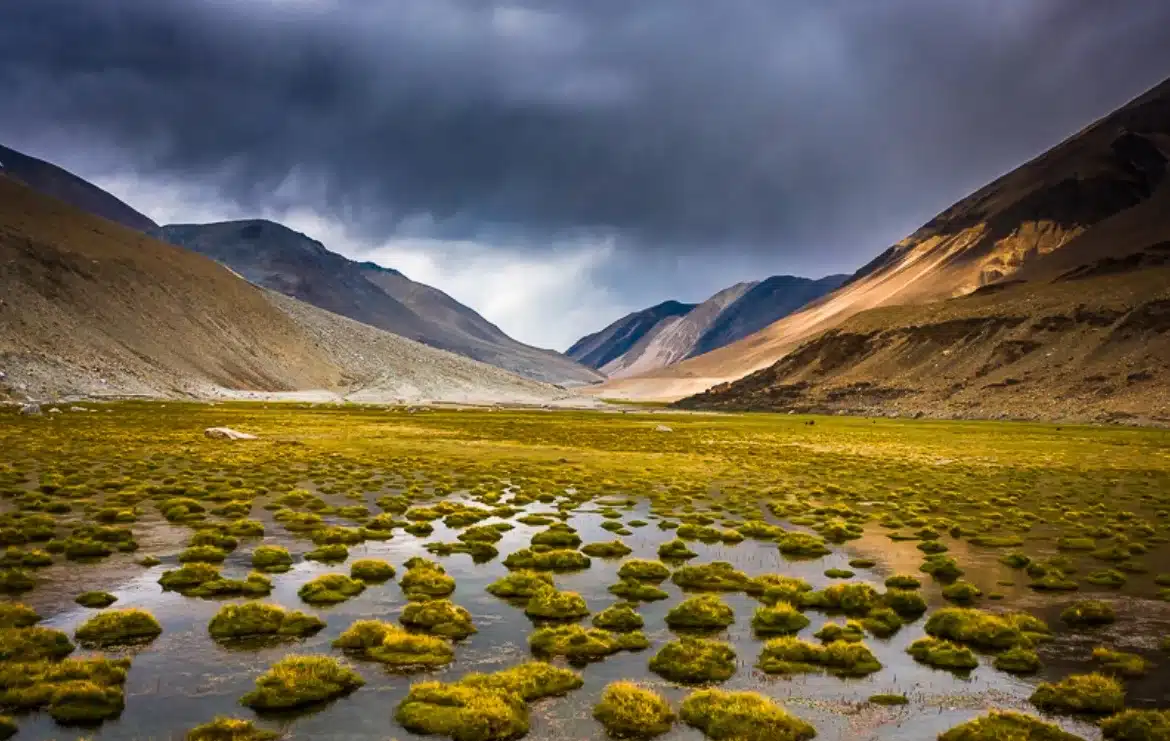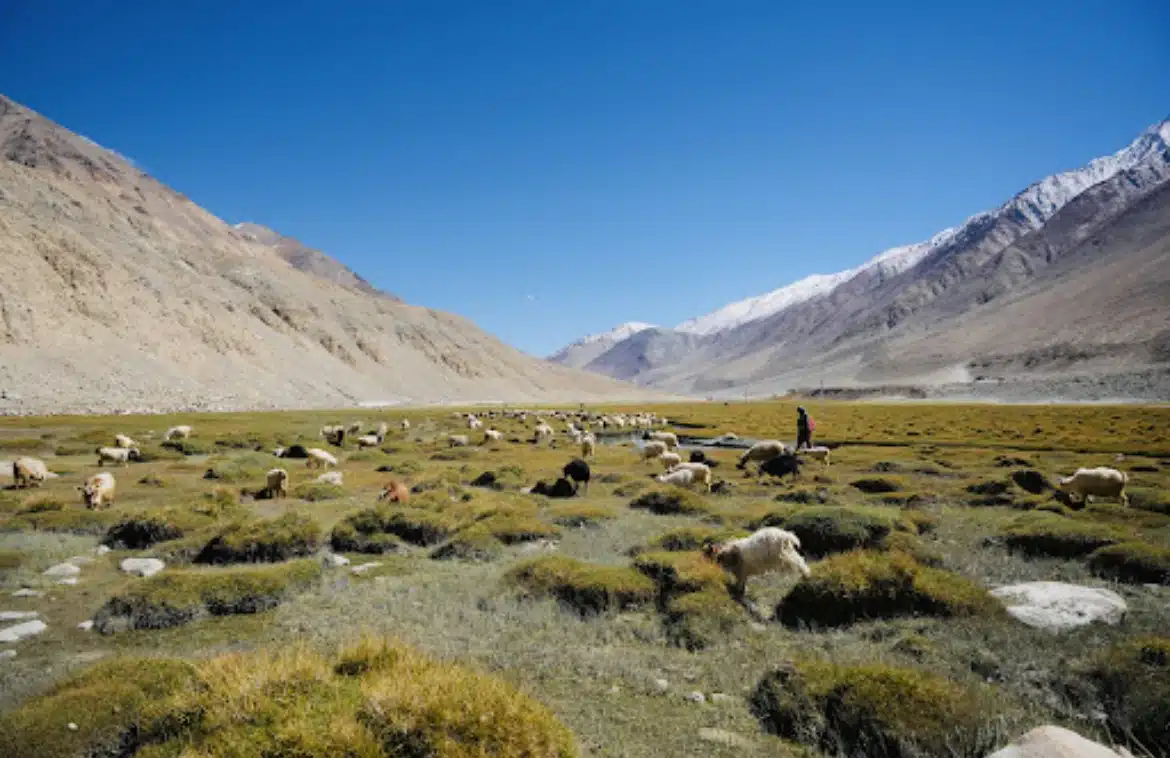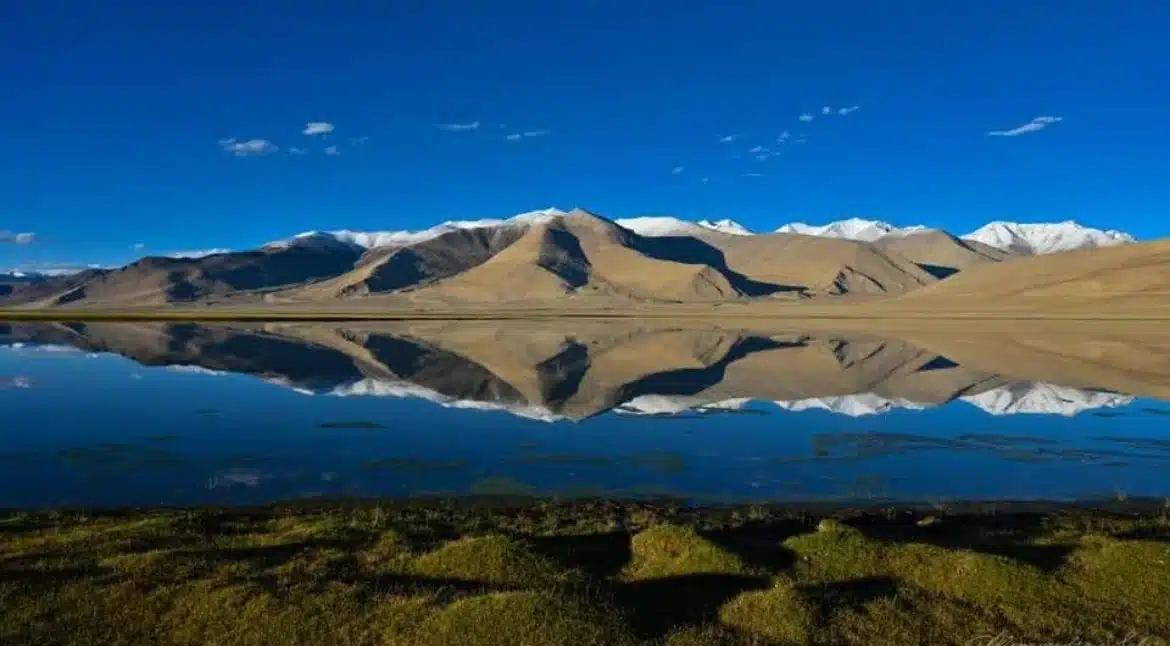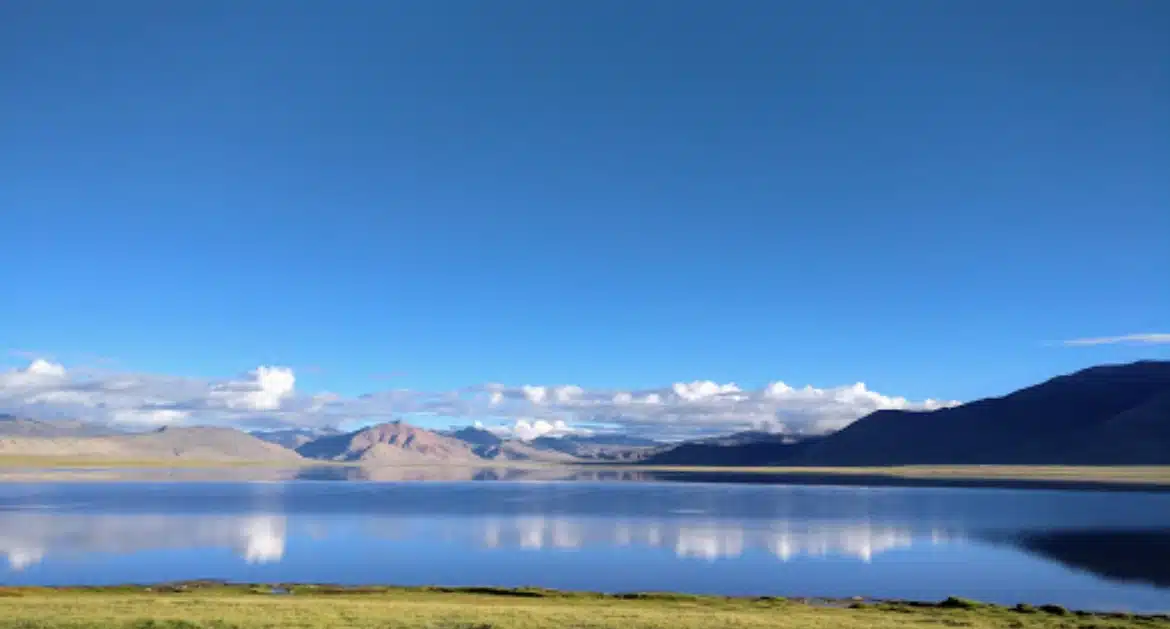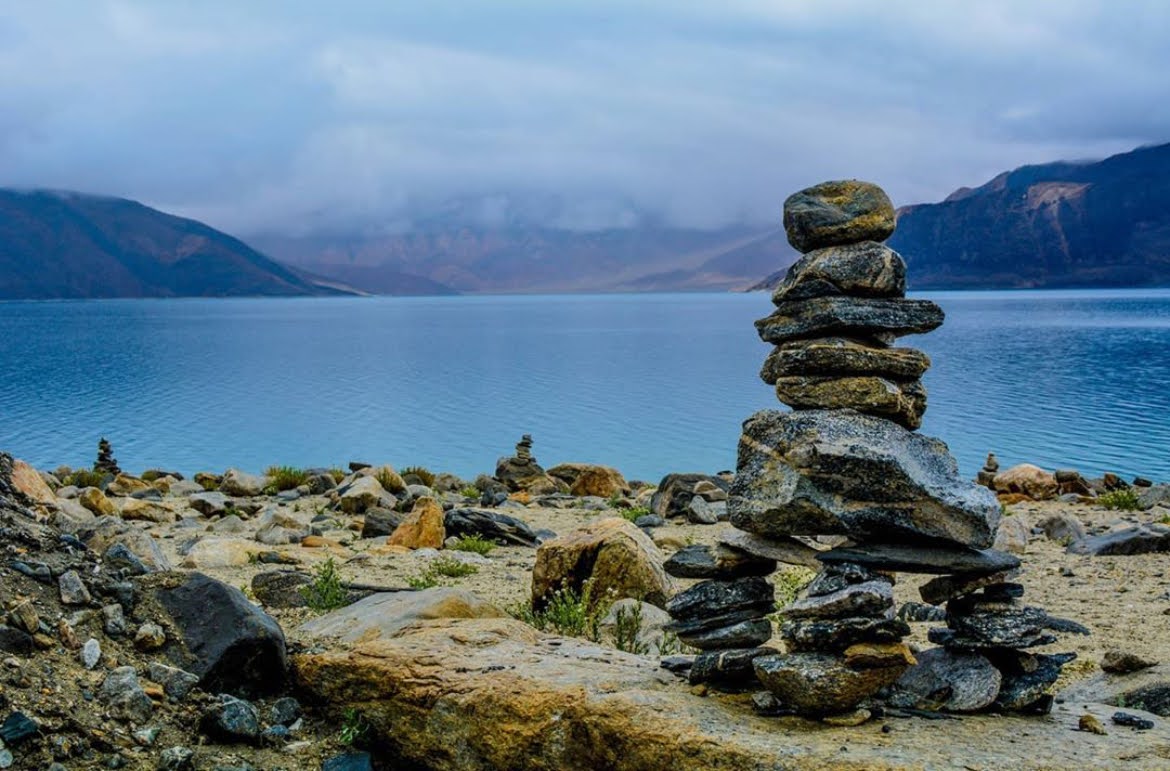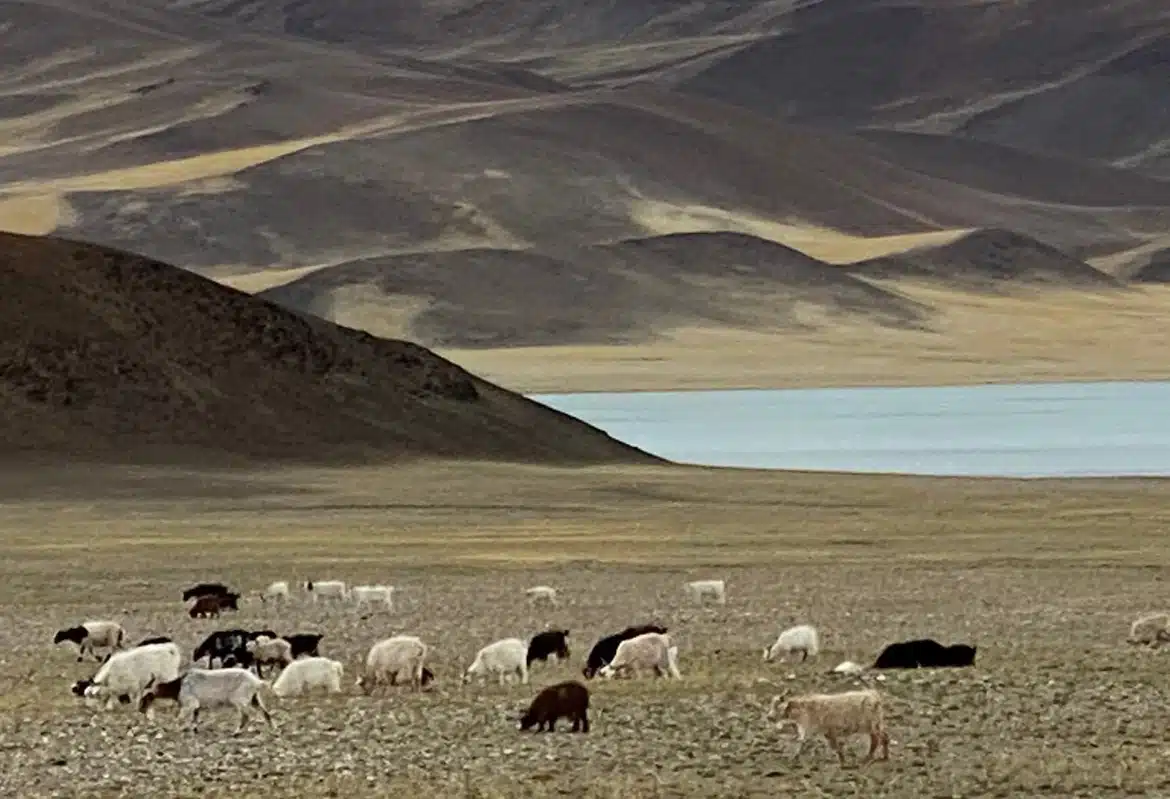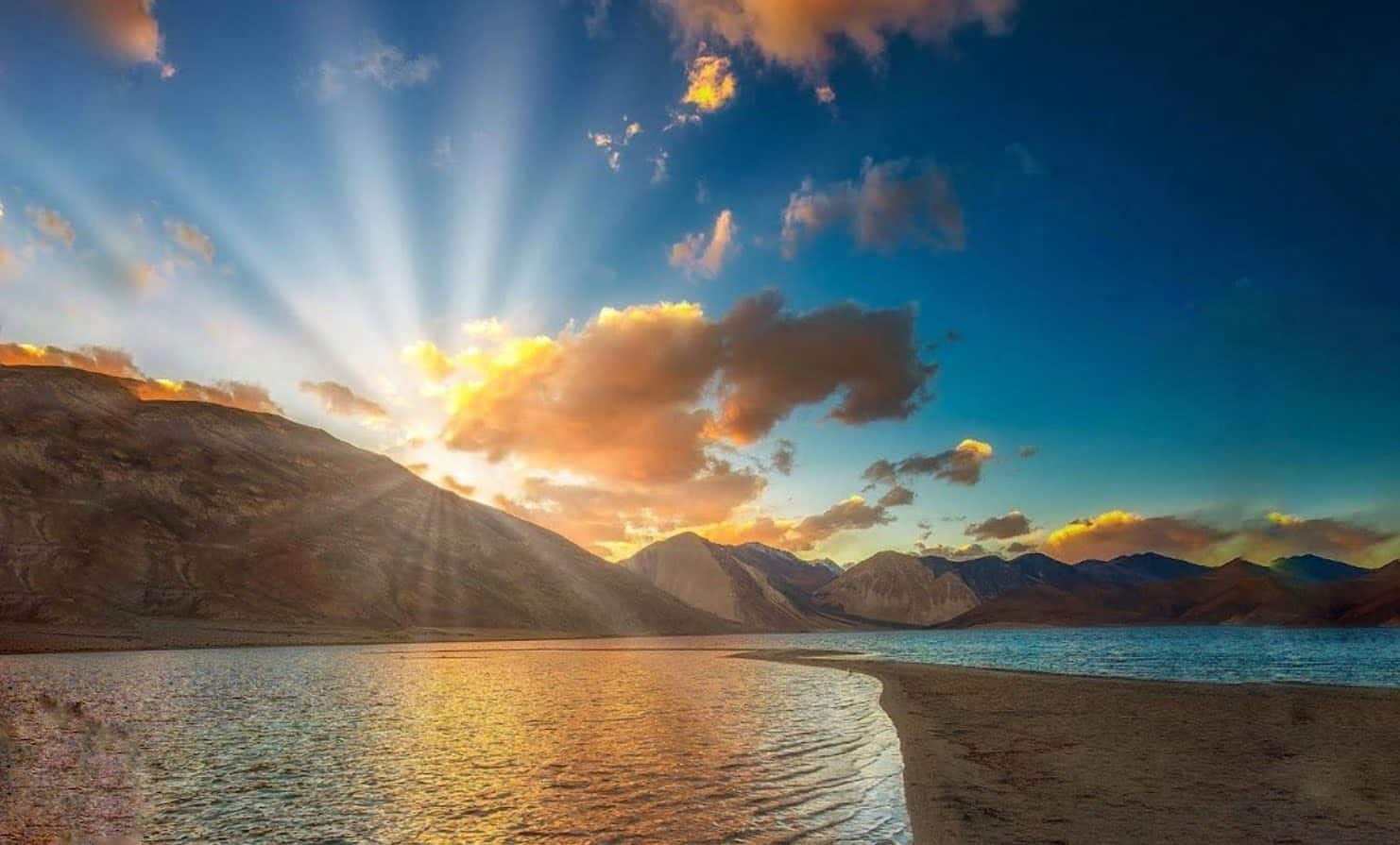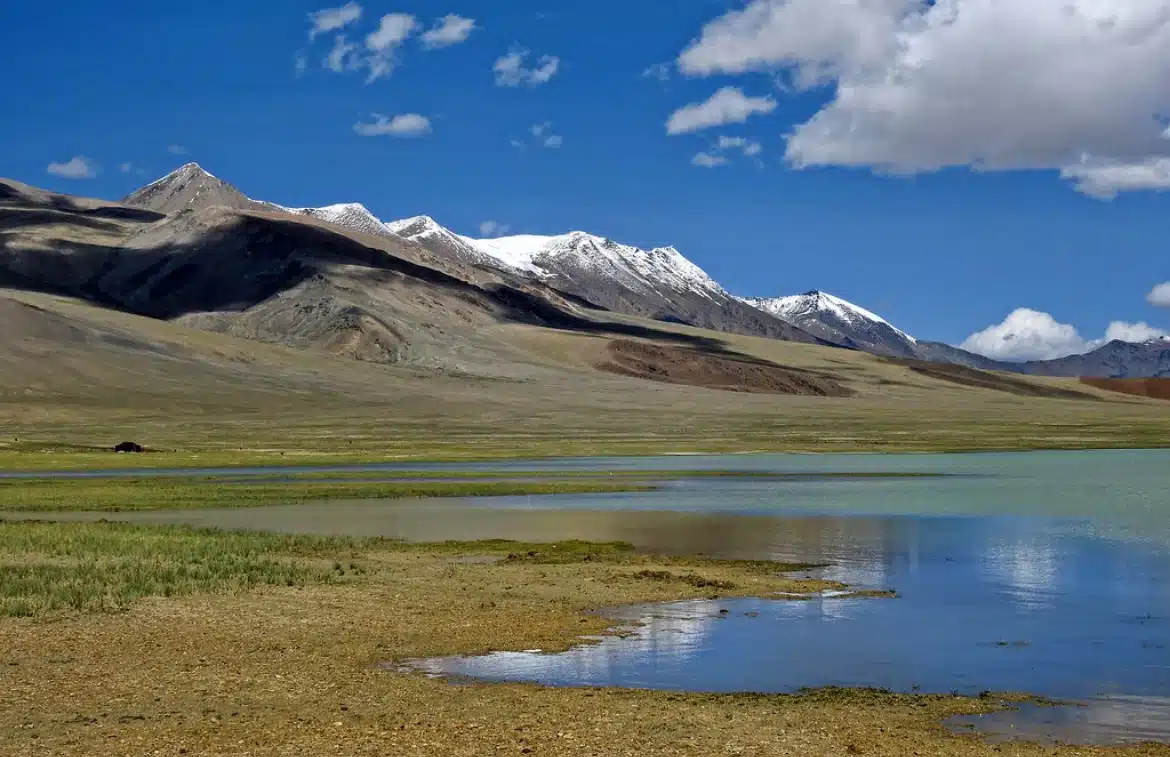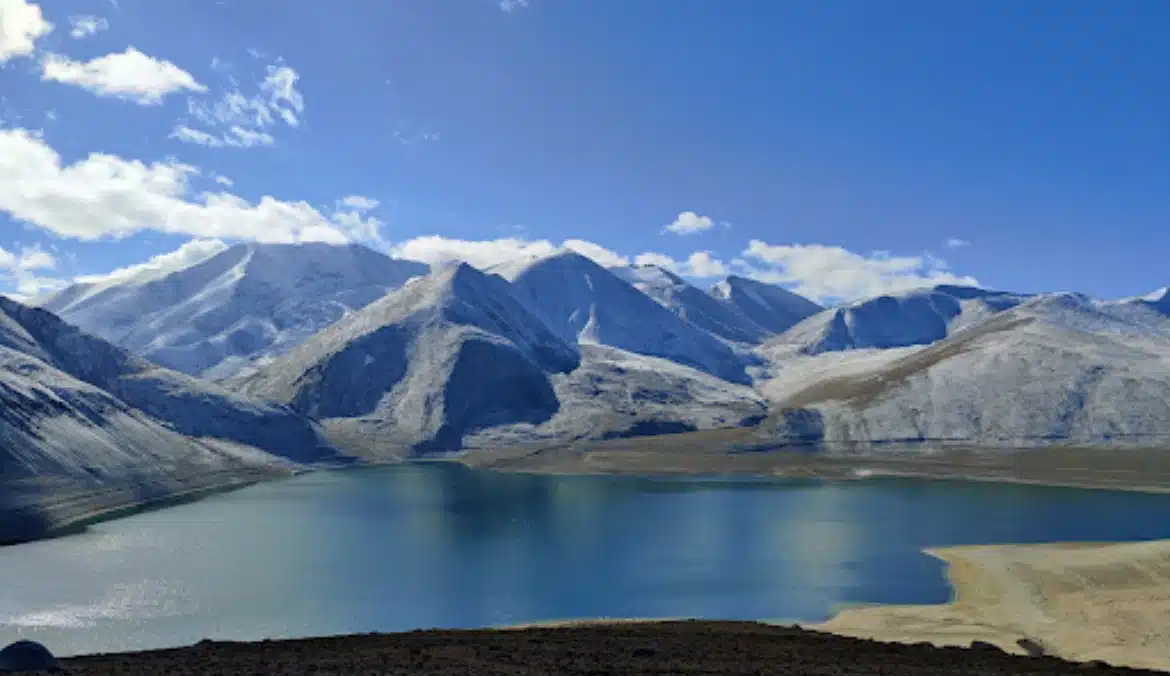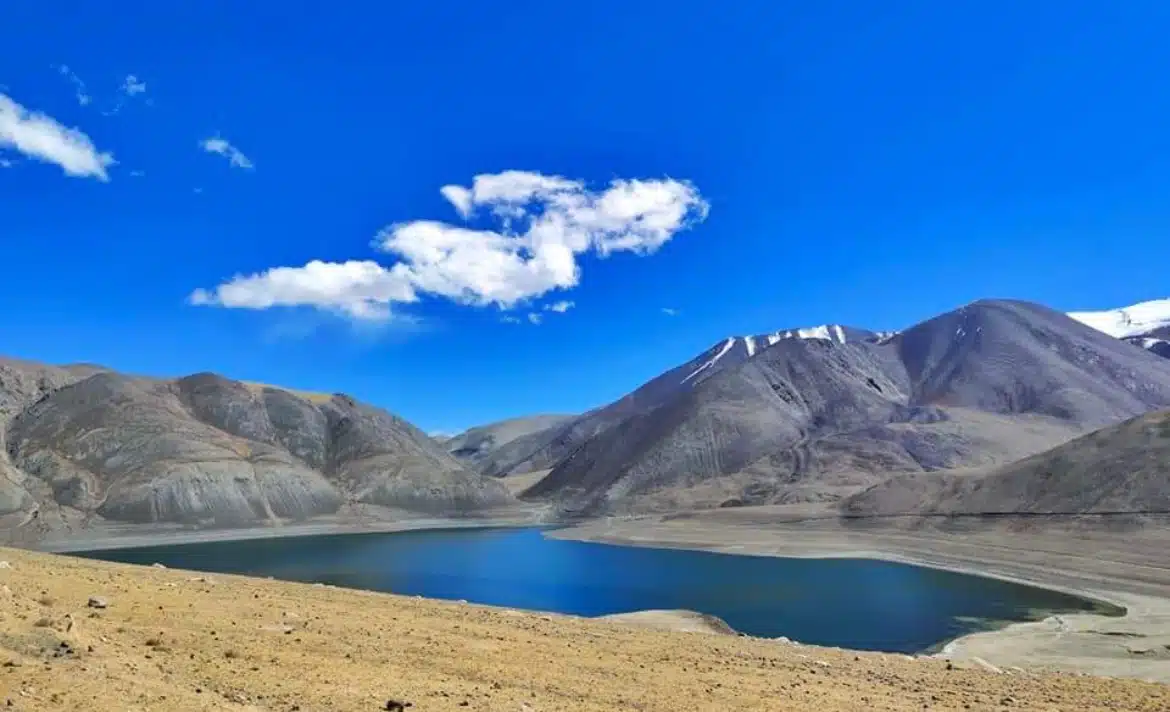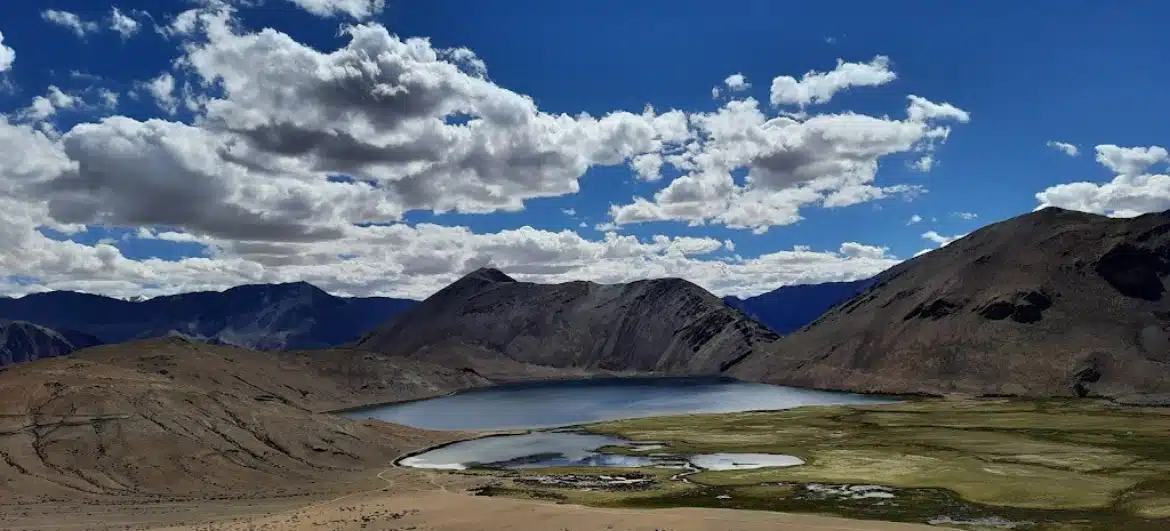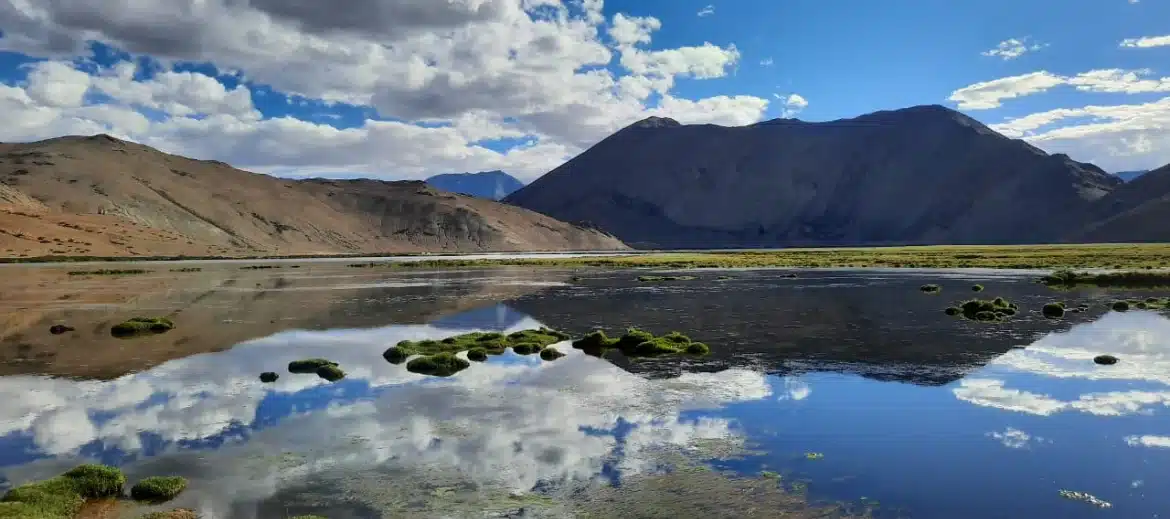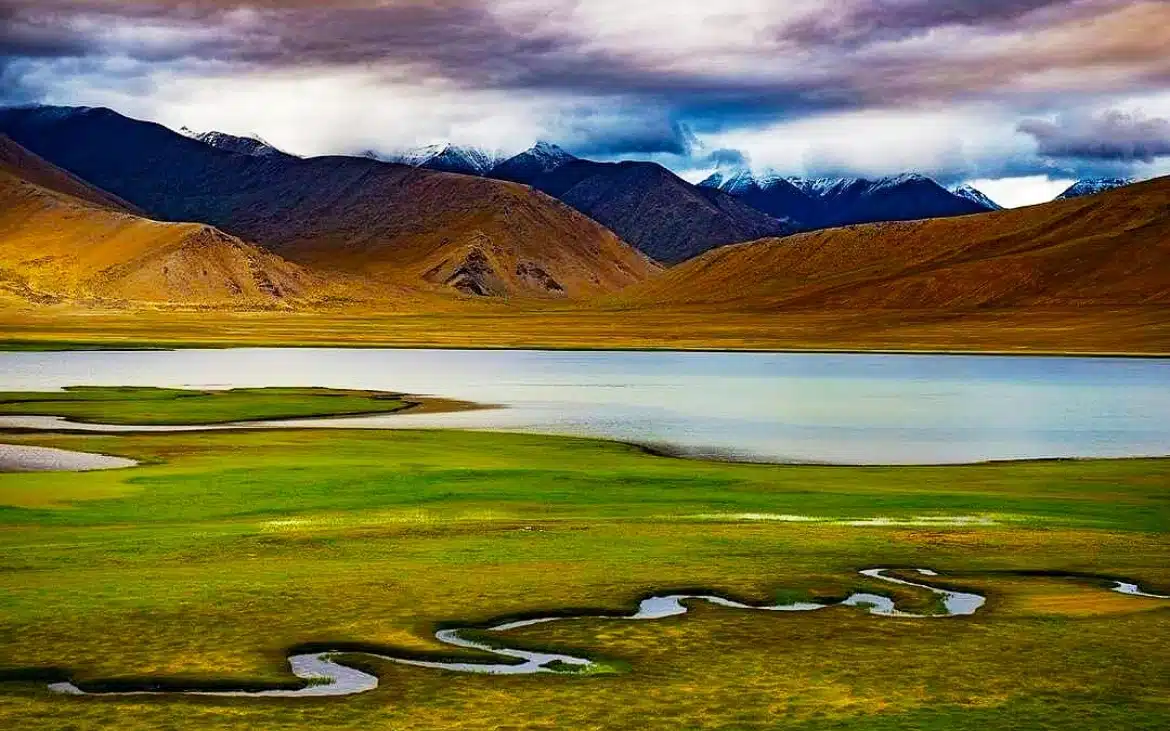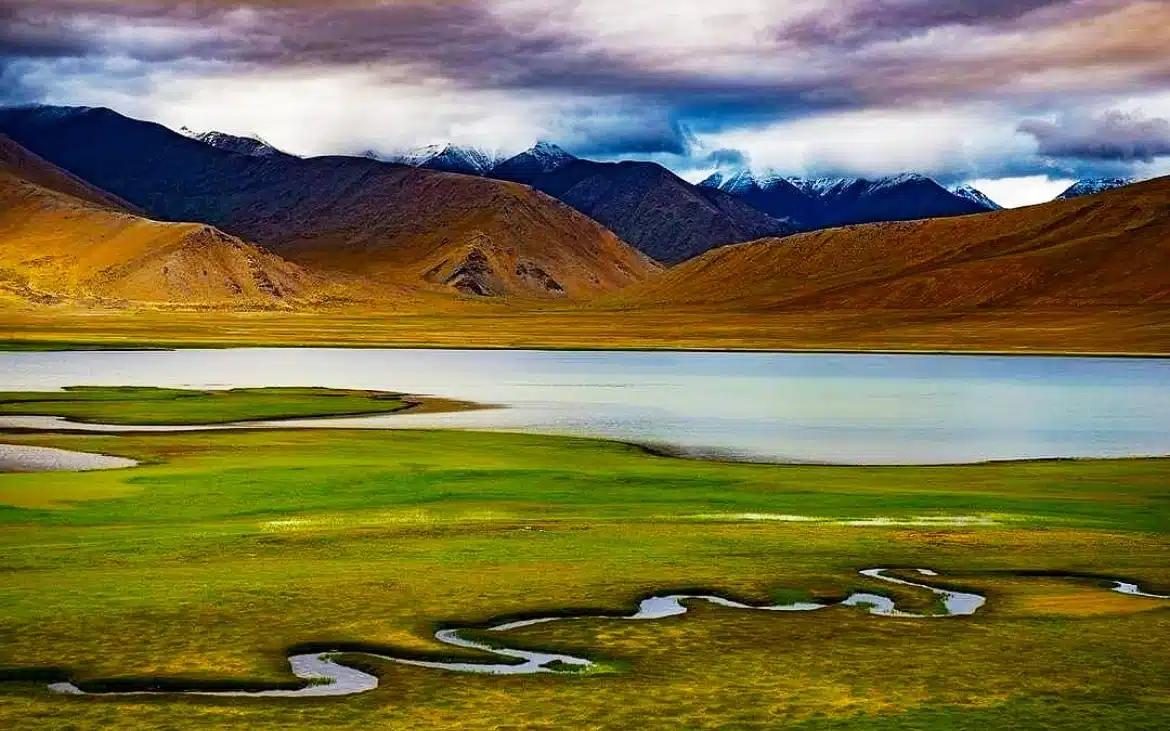Are you ready to challenge yourself by running in the world’s highest frozen lake marathon, or simply curious about what makes the 3rd Edition of the Pangong Frozen Lake Marathon 2025 a monumental event?
You’ve landed on the right page!
I’m RøÕsh KB, currently pursuing my Master’s in Travel and Tourism Management at the University of Ladakh. As Pangong Tso undergoes its seasonal freeze, I’m here to share an inside look at the highly anticipated “3rd Edition of Pangong Frozen Lake Marathon 2025.” Slated for February 25, 2025, this marathon not only promises an exhilarating adventure but also serves as a powerful message about climate change.
The 3rd Edition of Pangong Frozen Lake Marathon: Running for a Cause
In 2025, the majestic landscape of Ladakh will once again set the stage for the Pangong Frozen Lake Marathon, now in its 3rd edition. More than just a physical feat, this marathon is a beacon for climate change awareness, organized by the Adventure Sports Foundation of Ladakh (ASFL). It combines the thrill of adventure with a deep sense of responsibility toward the environment.
Why is this marathon called “The Last Run”? The answer lies in the sobering reality of climate change. Pangong Tso, a lake that traditionally freezes solid from November to March, may not freeze in the coming decades due to global warming. This race, set against the backdrop of the shrinking Himalayan glaciers, draws attention to the urgent need to address the environmental challenges facing this pristine region.
Participation is highly selective, with only 100 runners chosen to brave the icy terrain. By limiting the number of runners, the organizers aim to reduce the environmental impact on this fragile ecosystem while still providing a platform for advocacy and awareness.
The World’s Highest Frozen Lake Marathon: A One-of-a-Kind Experience
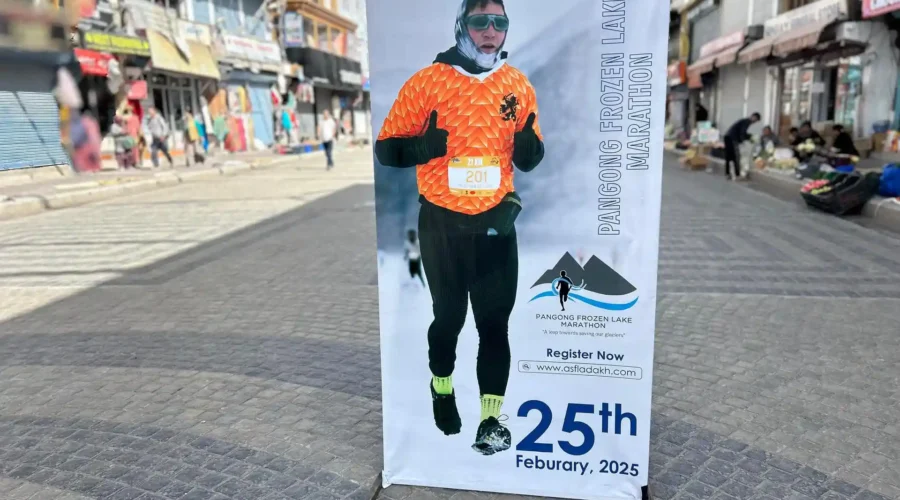
Imagine running across a shimmering sheet of ice, with towering peaks on all sides, at an elevation of 14,000 feet. The 21-kilometer race on Pangong Lake, scheduled for February 25, 2025, offers just that. Not only is this the world’s highest frozen lake marathon, but it is also one of the most physically demanding. Athletes must contend with sub-zero temperatures, thin air, and terrain that shifts underfoot due to the natural movement of the ice.
Pangong Tso, spanning over 700 square kilometers, straddles the India-China border, and only a third of the lake belongs to India. The marathon route covers a segment of this frozen wonder, at 13,862 feet above sea level, making it an unparalleled running experience. The lake’s thick ice layer is mesmerizing, but the conditions make it a test of endurance, resilience, and mental fortitude.
The marathon’s location and difficulty add to its appeal, attracting seasoned marathoners and adventurers from around the globe. This marathon isn’t for the faint-hearted, requiring months of preparation, physical training, and acclimatization to survive and thrive at this altitude.
For participants, the stakes are high—not only for personal achievement but for contributing to a broader environmental cause. The frozen lake marathon winner will not only claim victory in one of the most unique marathons in the world but will also help raise awareness for the preservation of the Himalayan glaciers.
Frozen Lake Marathon Winner: What It Takes to Succeed
Winning the Frozen Lake marathon is about more than just speed; it’s about mastering the challenges presented by one of the harshest environments on the planet. The frozen terrain, frigid temperatures, and high-altitude conditions make this race one of the toughest tests of endurance. The marathon winner will not only need physical stamina but also mental strength to push through the extreme cold and thin air.
The “Frozen Lake Marathon winner” title comes with more than just bragging rights. It’s a symbol of overcoming nature’s obstacles, standing for the spirit of adventure, and the message of climate action. Winners of previous editions have praised the race for its combination of physical challenge and environmental significance, recognizing that their participation is part of a larger movement to protect endangered ecosystems.
Training for this marathon involves more than just running it requires preparation for altitude and cold exposure. Runners typically spend weeks in Leh, Ladakh, for acclimatization exercises. These include altitude training, ice navigation practice, and intense endurance workouts. Mental preparation is equally crucial, as the isolation and harsh conditions can take a psychological toll on participants.
To win the Pangong Frozen Lake Marathon is to join the ranks of a select few who have not only conquered extreme physical challenges but also become ambassadors for climate action. The marathon winner’s journey serves as a powerful testament to the human spirit’s capacity for perseverance, reminding the world of the urgent need to act on climate change before the ice disappears forever.
How to Register for the 3rd Edition of Pangong Frozen Lake Marathon
Participation in the world’s highest frozen lake marathon is exclusive and requires a detailed selection process. The 3rd edition of the Pangong Frozen Lake Marathon is open to experienced runners who have previously completed marathons or adventure sports at elevations of 10,000 feet or higher.
Because of the extreme conditions, runners must undergo rigorous preparation. The marathon package includes a 9-day, 8-night stay in Ladakh, with a focus on acclimatization activities, such as high-altitude hiking and endurance training, ensuring participants are physically prepared for the race.
The package also covers meals, accommodation, and transport to and from Leh airport. Runners must come equipped with specialized cold-weather gear, including insulated footwear with ice traction, to navigate the icy terrain. The race is not just about speed but survival in extreme conditions.
To secure a spot in this prestigious event, fill out the official registration form created by the Adventure Sports Foundation of Ladakh (ASFL). Given the high demand and limited slots, early application is recommended. Those selected will have the unique opportunity to be part of a race that marries adventure, environmental awareness, and the spirit of human perseverance.
Frequently Asked Questions (FAQs)
Who is eligible to participate in the Pangong Frozen Lake Marathon?
To ensure the safety of all participants, only experienced runners with prior experience in marathons or adventure sports at altitudes above 10,000 feet are eligible to apply. Applicants are carefully vetted based on their experience and physical readiness.
How challenging is the world’s highest frozen lake marathon?
This marathon is extremely challenging due to its location at 13,862 feet above sea level, coupled with freezing temperatures and the treacherous ice terrain. Runners must be well-prepared both physically and mentally, as the altitude and cold can be harsh, with temperatures reaching as low as -20°C.
What kind of gear is required for the marathon?
Runners must be equipped with thermal clothing, insulated footwear with ice traction, and additional protective gear to withstand the extreme cold. Proper preparation and gear are essential to ensure safety during the race.
How do I apply for the marathon?
Interested participants must fill out an official registration form provided by the Adventure Sports Foundation of Ladakh (ASFL). Due to limited availability, only 100 runners will be selected for the 2025 edition, so early application is advised.
What happens if the weather conditions become too extreme on race day?
Safety is the top priority. In case of extreme weather conditions that would put participants at risk, the marathon may be postponed or canceled. The ASFL will monitor the weather closely leading up to race day and keep participants informed.
Conclusion: Running for the Future of Our Planet
The 3rd Edition of the Pangong Frozen Lake Marathon is not just an event—it’s a powerful statement on the reality of climate change. The melting glaciers of the Himalayas are a visible sign of the environmental challenges our planet faces, and the marathon serves as a call to action for athletes, adventurers, and the global community to take a stand.
The Adventure Sports Foundation of Ladakh (ASFL) has done a commendable job in organizing this event, blending the thrill of adventure with an important cause. The winner of the frozen lake marathon won’t just be a champion of endurance but a champion for the environment.
By participating in or supporting this marathon, you become part of a larger movement to protect our fragile ecosystems. Let’s run together to raise awareness, take action, and ensure that future generations can experience the beauty of Pangong Tso, frozen or otherwise.
Similar Experiences: Second Edition of Pangong Frozen Lake Marathon 2024 | 2nd Edition Pangong Frozen Lake Marathon Results


